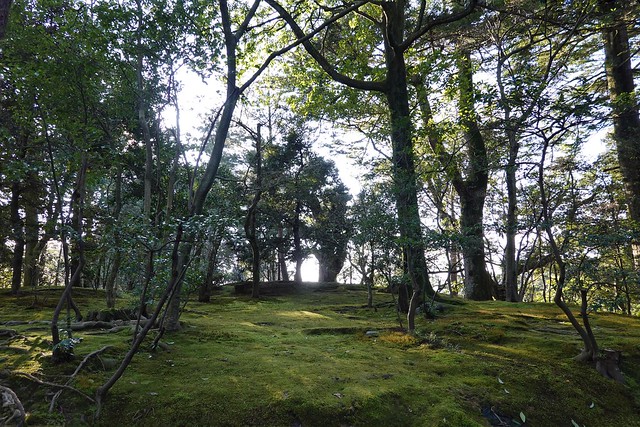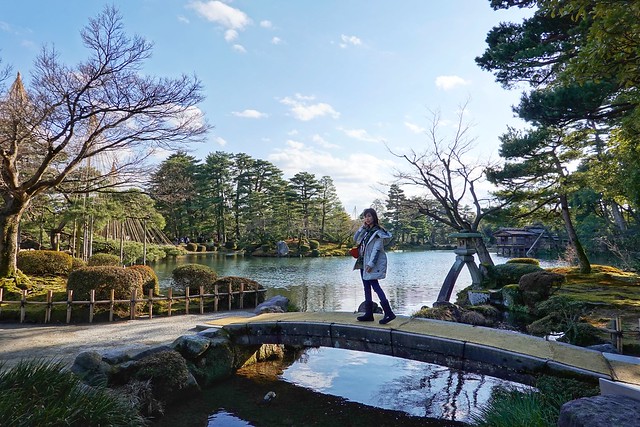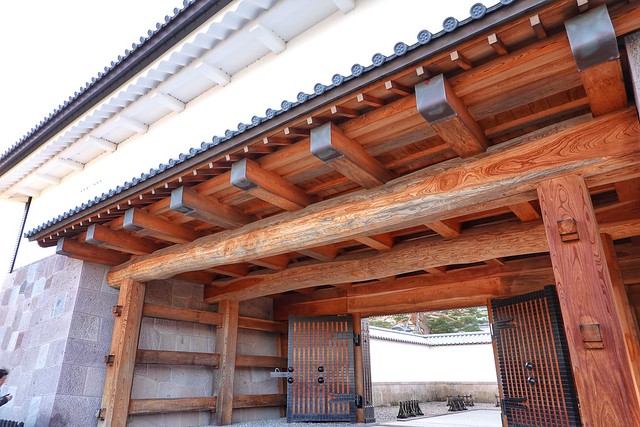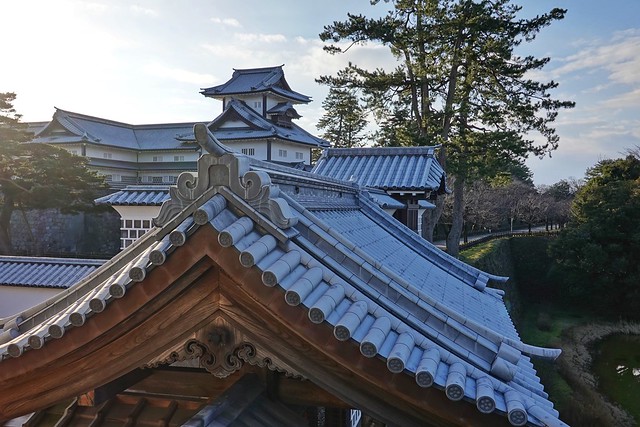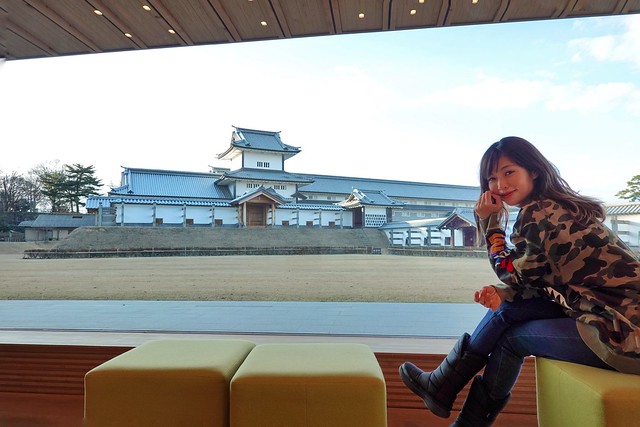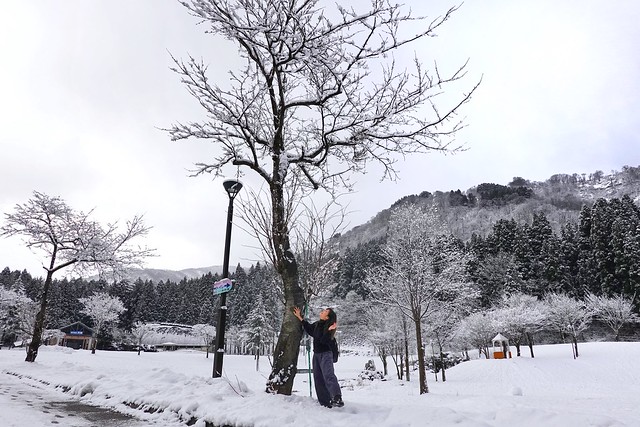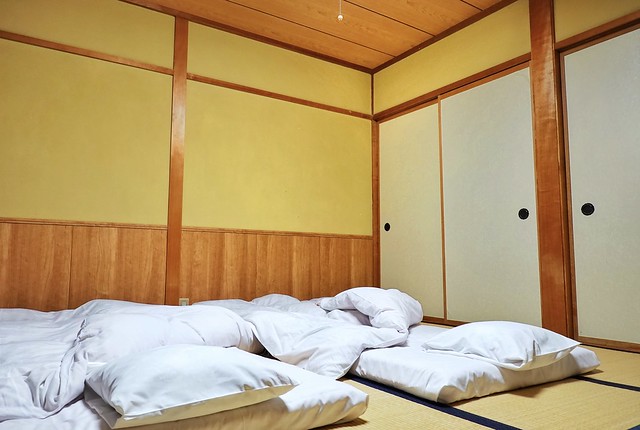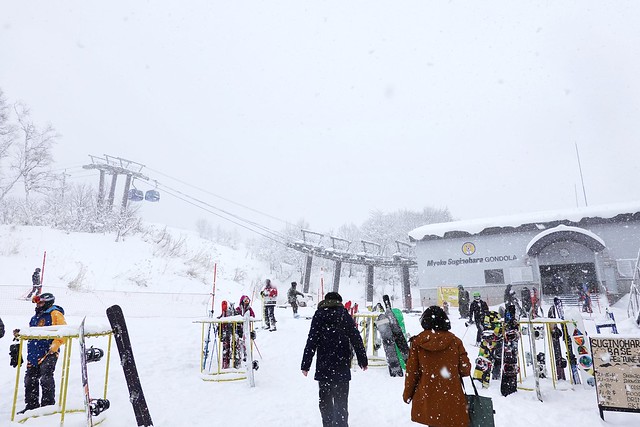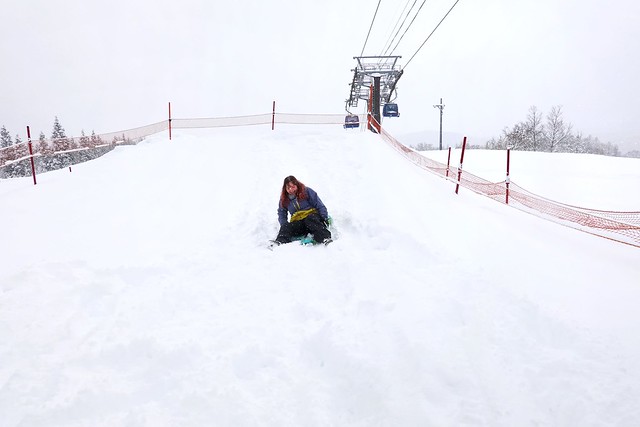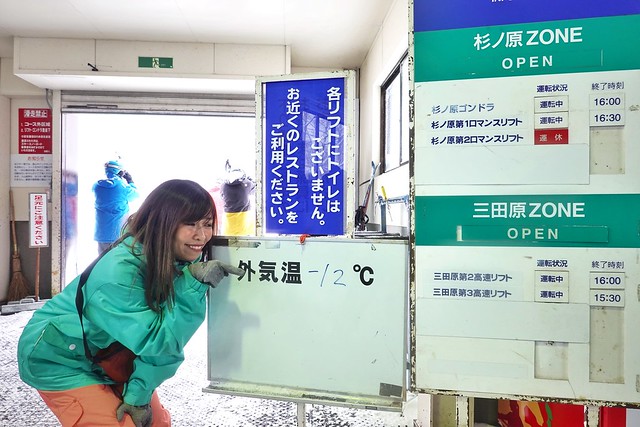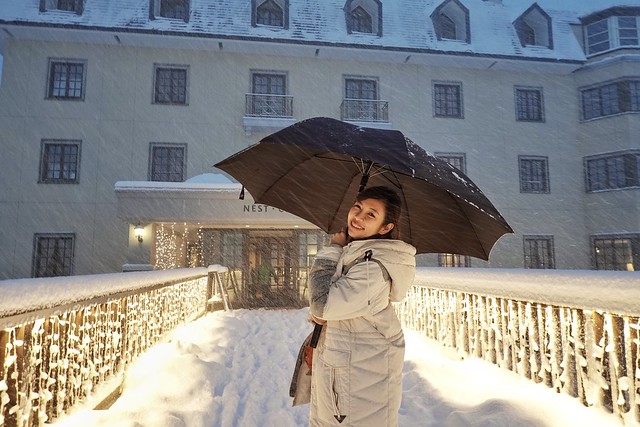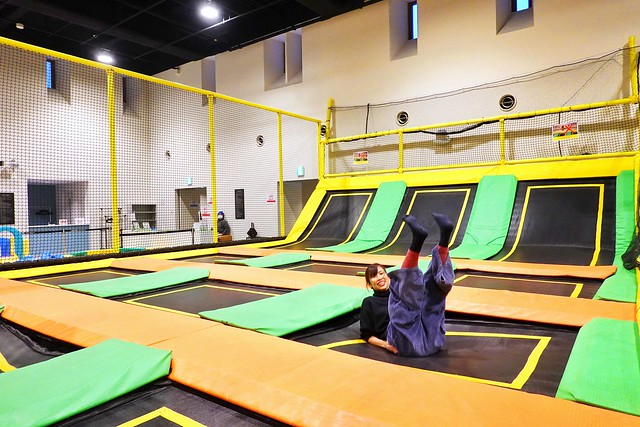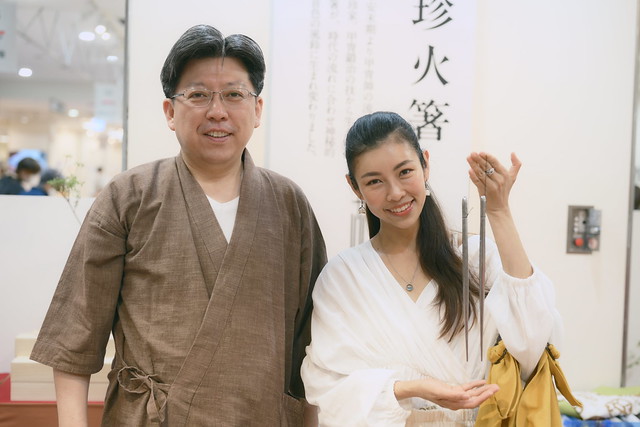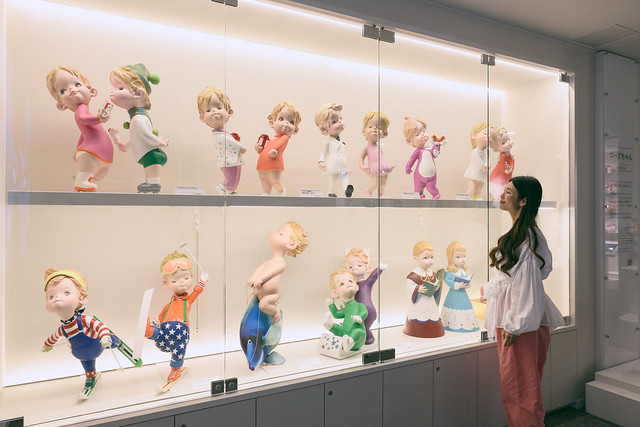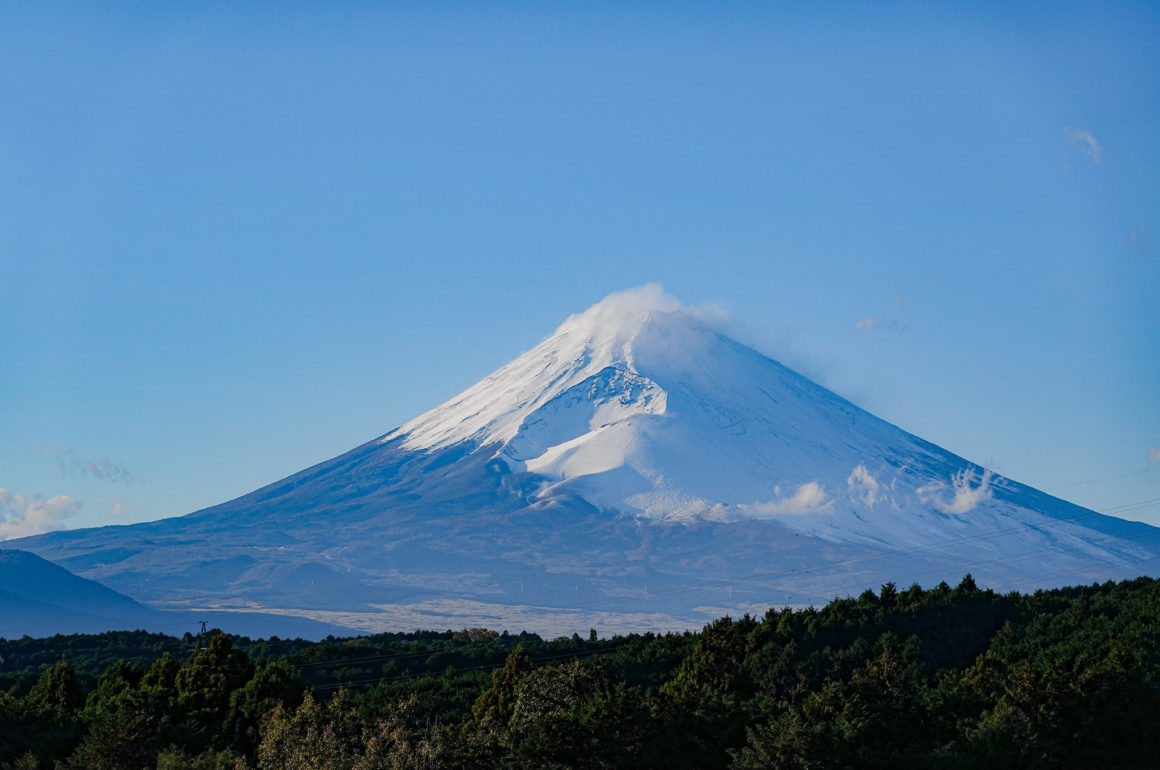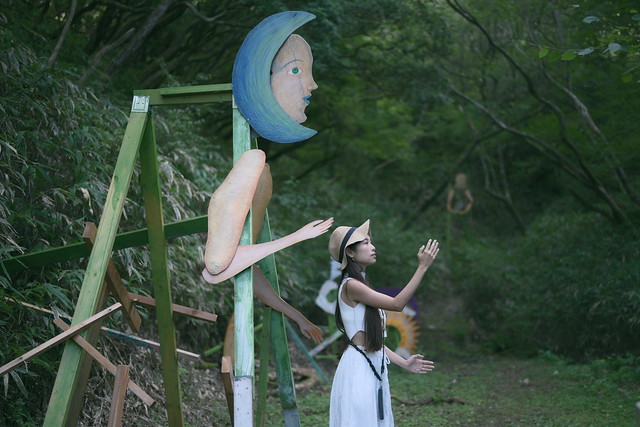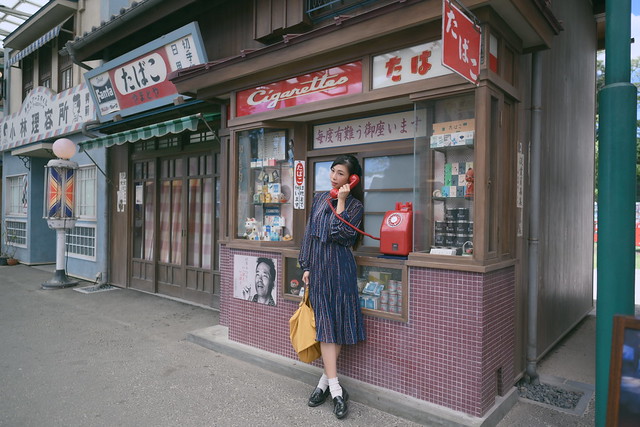
Growing up in our tropical climate, seeing and touching snow for the first time is always a memorable moment. Terribly exciting, in fact, that often we forget to wear gloves and freeze our hands off! My past encounters with snow have not always been intentional though; it happened by chance either too early or too late in the season to fully enjoy it.
This trip completely changed my perception of winter holidays and we hope, others too. With a little bit of planning and preparing, snow time can be so much fun in Japan even if it’s your first time. Perhaps especially so when it’s your first time! All these years, autumn has always been my favourite time to visit Japan but now I’m not so convinced anymore. Let us take you through our recent snow journey in different prefectures and discover the joy of winter in our favourite destination – Japan.
While Hokkaido and Tohoku are a sure bet for some winter fun given its location on Japan’s archipelago, those who are venturing Central Japan and are looking for some frosty pleasure may find just the right elements in the two prefectures we are exploring today too: Ishikawa & Niigata (with the latter also fondly nicknamed “Snow Country” by the nation).
ISHIKAWA PREFECTURE
Half-Day Itinerary: Kanazawa | 金沢
From Tokyo St to Kanazawa St by Hokuriku Shinkansen
For speed and convenience: Kagayaki JPY14380 (Approx. 2.5 hours)
For a leisurely journey: Hakutaka JPY14380 (Approx. 3 hours)
For a budget alternative, overnight buses are an economical option. With prices ranging from JPY5800, the journey from Tokyo to Kanazawa takes approximately 8.5 hours – saving tight wallets from a night’s stay too.
Omicho Market | 近江町市場
Fondly known by the locals as “Kanazawa’s Kitchen“, you can’t go wrong starting your day in this lively fresh food market! It’s home to almost 200 stores and restaurants offering the freshest seafood, fruits, vegetables, flowers, and even locally-produced sake.

Eat your way through the market at stalls offering quick bites of fresh oysters, grilled squid, fried croquettes, juicy strawberries, and more or stop by any one of the restaurants for a heaping bowl of kaisendon.
Access:
Walk about 15 minutes from Kanazawa Station or ride 5 minutes on the Kanazawa Loop Bus (JPY200). Personally, I’d go with the former to see more of the city. Plus, the light exercise will work up your appetite for a morning feast!
Kenroku-en Garden | 兼六園
Admission fee: JPY320
Now this isn’t our first time here at Kenroku-en but we’re just as enthralled as we were back in our initial visit! There’s magic in this garden’s atmosphere. I’d love to spend an hour or two here just soaking up the immaculately conserved landscape. It sure lives up to its reputation as one of the Three Great Gardens of Japan.
This time of the year, it’s supposed to be beautifully cloaked in pure white snow though sadly this year, snowfall throughout Japan is on a record low. In fact, it was non-existent in Kanazawa in early February. Still, we enjoyed the evergreen foliage of pine trees and striking green moss that made us feel as if it was already the beginning of spring.
Ever wonder what these bamboo “tents” set high above the trees are for? Known as yukitsuri (雪つり), these protect the trees from damage caused by the heavy snow. Trust Japan to make something functional yet aesthetically pleasing!
One of the most picturesque spots is on this bridge that crosses over Kasumigaike Pond.
Take a moment to note the distinctive design of the two-legged Kotojitoro Lantern; it is perhaps the most iconic feature of Kenroku-en and often the symbol of Kanazawa.
Ishiura Shrine | 石浦神社
Admission fee: Free

We stumbled upon this shrine by coincidence – or perhaps, serendipity? – just as we were exiting Kenroku-en to head towards Kanazawa Castle Park. Said to be the oldest shrine in Kanazawa, it was built about 1500 years ago and popularly known to bring good fortune in romance. That probably explains the pink polka dots on its omikuji, which lends a pretty charming effect when a great many are tied together to form a little tunnel.
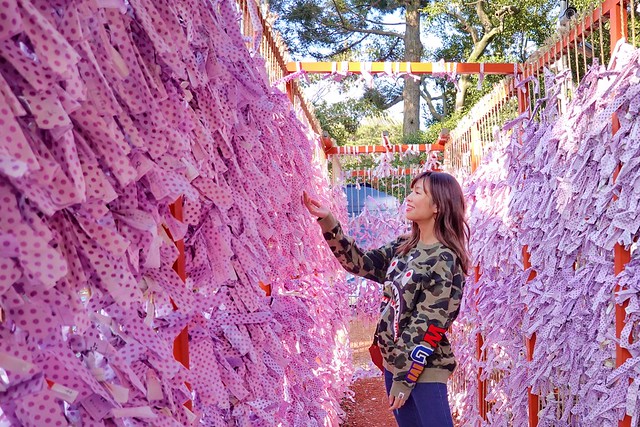
Make a stop here to take a breather – or a few (respectful) snaps for the ‘gram if that’s what you’re looking for – it is pleasantly quiet despite being nestled the middle of the city’s many popular attractions.
Kanazawa Castle Park | 金沢城址公園
Admission fee: Free
Just across the road is the Kanazawa Castle Park , held by the Maeda family -one of the most powerful samurai families in Japan (in fact it’s so well-respected in Kanazawa that you will find figurines of the Maeda samurai all over the town).
Like me, you may notice that the structures look a little too well-maintained despite being in existence for more than 400 years. As it turn outs, the castle was actually burned down a few times over the centuries! What we see here are restored structures using labour-intensive traditional methods.
The reconstruction of the castle is done following traditional Japanese architectural techniques as closely as possible. Timbers, mostly sourced within Ishikawa prefecture, are perfectly interlocked without using nails or metal rods!
This would be a great time to stop for a break at Tsuru-no-Maru Rest House. Enjoy a panoramic view of the castle through its glass walls as you nibble on Japanese sweets at the cafe inside. Kanazawa’s famous treat, the luxurious gold leaf soft serve can also be enjoyed here!
Access to Kenroku-en Garden, Ishiura Shrine, and Kanazawa Castle Ruins Park:
From Omicho Market, walk about 15 minutes or hop on board the Kanazawa Loop Bus (JPY200). If you’re skipping the market, from Kanazawa Station take the same bus or Kenrokuen Shuttle Bus (weekdays JPY200 | weekends JPY100) to any nearest stop and easily explore all three attractions on foot. Bus route map and time schedule here.
Tip: The 21st Century Museum of Contemporary Art is located within the vicinity too if you have time to spend an entire day here!
Full-Day/Week Itinerary: Mt. Hakusan | 白山
While this trip was all about having fun in peak winter, sadly the lack of snowfall until then was a serious challenge for snow-related tourism activities. There were reports of ski resorts being forced to close down because there simply weren’t any snow but thankfully, things were about to take a turn.
After our visit to Kanazawa, the next day it started to snow just as we arrived at Ichirino Onsen Ski Resort!! Like many living most of our lives in year-long tropical climate, we got super excited and headed out to immerse ourselves in the experience!
Everything is so fairytale-like in the pure white snow, don’t you think so?
We were so blessed with freshly fallen fluff that we got to enjoy rare privileges such as setting the first foot prints in new snow of the day, fulfilling our snow angel dreams, etc.
Ichirino Onsen Ski Resort | 一里野温泉スキー場
If you’re coming to Ishikawa Prefecture in winter, it’ll be a waste not to go skiing or snowboarding! Ichirino Onsen Ski Resort offers high quality powder snow with peak elevation of 1050m and a variety of ski courses serviced by lift gondolas to suit both beginners and advanced skiers. There’s a ski school here that offers lessons for first-timers too.
Trust us, powder snow makes it sooo much easier to learn! Within a day of lessons and practice, speaking from personal experience, it’s totally possible to enjoy skiing on gentle, short slopes. You can easily spend up to a week here just enjoying the snow time!
Access: < Ski Season Only > From Kanazawa Station, take the limited service ski resort shuttle bus directly for JPY1320 (Approx. 80 mins). Bus route and schedule here – scroll down to where it says “白山一里野温泉スキー場”.
Alternatively, from Kanazawa Station, take the limo bus to Komatsu Airport for JPY1150 (Approx. 40 mins).
Bus route and schedule here.
From Komatsu Airport, the White Ring Shuttle Bus takes you directly to Ichirino Onsen Ski Resort for JPY1800 (Approx. 60 mins). Bus route and schedule here.
If you’re travelling in a small group from either Kanazawa Station or Komatsu Airport, perhaps consider sharing a taxi for about JPY10,000 (Approx. 60 mins).
Stay: Iwama Sanso Inn | 岩間山荘
High-end hotels and resorts are of course a real hard-earned reward for all we have worked for, but recently I find myself inclining to seek alternate comfort in the warmth and humility found in local lifestyles especially in remote villages well removed from banal urbanity.

The okamisan (女将, typically refers to female ryokan owner) greeted us with the sincerest welcome, saying that it was fate that we were all beckoned here despite the chaos that’s happening in the world right now (flights were being disrupted during the corona outbreak during our visit, etc).
It was believed that once you have crossed the sacred bridge into Mt Hakusan – one of the three holy mountains of Japan along with Mt Fuji and Mt Tateyama – you are invited by the holy Hakusan here as an honored guest and thus you are treated like a family member right here at Iwama Sanso.
This homely, family-run inn is located at the foot of Mt Hakusan, where its natural hot spring water that dates back to 1000 years ago flows continuously into its bath for 24 hours a day. It’s a short walk to Ichirino Onsen Ski Resort; so close that in peak season you can literally enjoy ski-in-ski-out luxury if you stay at this modest inn!
Now I’ve been to a few onsens in Japan and really, I’ve yet to experience hot spring water as silky as this! It’s almost like that slippery smooth feeling when you’re washing with soap. I can see why this hidden gem is said to be highly rated by onsen experts. Another thing that Iwama Sanso does right are the meals.
They are proud matagi hunters who live with deep respect for the mountain as they hunt for sustenance. In return, they protect the mountain. From wild meats like bears and boars to foraged mountain plants, each morsel is partaken with gratitude and shared with guests in local flavours distinctive to Mt Hakusan. Take a look at our dinner feast!
And it’s only JPY8500/night that includes two delicious meals?? What a deal!
When we expressed our surprise at the humble price for a night’s stay, the very kind okamisan told us that some of her customers are returning customers since 40 years ago when she first got married into this village, so to provide the ultimate hospitality while maintaining the price is her gratitude for her guests’ support all these years.
While Iwama Sanso isn’t the kind of stay that’s all glitz and glam, there’s so much love in this whole village I can’t even. I mean, I could only urge you to visit there yourself an experience this rare humanity found only in the rarest gems in Japan.
NIIGATA PREFEECTURE
Full-Week Itinerary: Myoko Kogen | 妙高
Niigata is your best bet to winter activities when it comes to prefectures sitting below Tohoku region. Why do you think it is dubbed the “Snow Country”?
Myoko in Niigata is known as one of the heaviest snowfall spots in Japan, especially in January where several days of continuous heavy snow is common. This sets the perfect base of fresh powder snow for winter activities all the way till March. There’s a handful of ski resorts here for single thrill-seekers, group explorers, or family vacationers. Some spend an entire week (or two!) in a single resort while others hop around several within Myoko Kogen. This trip, we had the chance to explore three of its most prominent ski resorts: Suginohara, Akakura, Lotte Arai.
Access to Myoko Kogen Station or Joetsu Myoko Station:
From Tokyo Station, take Hokuriku Shinkansen’s Kagayaki to Nagano Station for JPY8350 (Approx. 1.5 hours). There, head up the escalator and board the local train Shinano Railway Kita-shinano Line to Myoko Kogen Station for JPY850 (Approx. 45 mins). Alternatively, the Hakutaka heads directly from Tokyo Station to Joetsumyoko Station from JPY9940 (Approx. 2 hours). From both stations, there are bus services that access the ski resorts below.
Suginohara Ski Resort | 杉ノ原スキー場

With the longest ski run in Japan at 8.5km, Suginohara Ski Resort is great for beginner to advanced skiers as well as snowboarders. There are 15 ski lifts that can carry up to 16,000 people per hour which makes lines relatively shorter than others, if any. We’ve seen skiers waiting in extremely long lines at other places and that does not look fun.

As (good) luck would have it, the heavy snowfall followed us all the way here.
Being so used to rain, naturally I felt like I have to take cover from the snow as it falls. It’s a strange feeling when everyone else is just hanging out in the open like nothing’s falling from the skies. The key is to have proper winter wear! Not just thick coats or layers of thermal wear, but windproof or waterproof outerwear that are suitable for snow sports. Here at Suginohara Ski Resort, rentals are available for both ski and snowboard gears (ski, poles, snowboard, boots) as well as snow wear (jacket, pants).
We picked our preferred rental wear designs to fully enjoy winter without hesitation!

We had our own fun making snow angels and sledding down a gentle slopes!
By the way, while ski and snowboard are internationally-used terms, sled is referred to as sori here in Japan.
We also took this gondola up, which is always an experience in itself for the gorgeous views.
Upon reaching the top, we found out that it was -12°c!!
Visibility was low; there were people getting ready to ski or snowboard down but our untrained eyes could barely see past much so we promptly hopped into the next gondola down. Apparently on clear days, Mt Fuji is visible at the summit. Hope to catch that view one day!
Access: < Ski Season Only > From Joetsumyoko Station, take the Myokokogen Liner Bus for JPY1300 (Approx. 70 mins). Bus route and schedule here. From Myoko Kogen Station, there are limited buses in a day. You can take the Myoko Shuttle Bus for JPY500 (Approx. 30 mins) or the City Bus on Suginosawa Line for JPY480 (Approx. 25 mins). Bus route and schedule here and here.
Akakura Onsen Ski Resort | 赤倉温泉スキー場
While we only made a quick stop here for lunch, this hot spring village seems popular among many foreign visitors for winter activities. If that’s what you’re looking for, access ski resort facility information here.
It’s said that when you’re in Akakura Onsen, its signature red yakisoba is a must-try. This bright red dish was created by this humble eatery by the corner on the village’s main street and we went straight to the source.
Miyoshiya | みよしや
476 Akakura, Myoko, Niigata
Despite its striking appearances, it isn’t actually spicy – it’s colored red only by local vegetables like tomatoes and paprika. Even so, this red yakisoba packs a punch in the flavour department and reminds us of the our local delicacies back in Malaysia. Was it the spices? Sue Ann thinks it resembles Mi Goreng while Cheesie says it has a hint of Tandoori! We heard the ramen here is delicious too!
Access: < Ski Season Only > From Suginohara Ski Resort, take the Mt Myoko Shuttle Bus for JPY500 (Approx. 25 mins). Bus route and schedule here. The restaurant is a short walk away upon arrival.
Stay: Lotte Arai Resort | ロッテアライリゾート
This resort is impressive. Even before stepping in, it felt like we’ve arrived at an European countryside resort and that feeling grew stronger as we toured the grounds.

Relatively new after its reopening by new ownership in 2017, Lotte Arai Resort is an upmarket resort with its classy yet cozy atmosphere and luxurious stays ranging from deluxe suites to presidential suites. It is immensely spacious (we got lost at one point!) and foreigner-friendly with English-speaking staff members. With heavy snowfall that continued on, unfortunately we didn’t get to spend much time outdoors but do access ski resort facility information here. It’s 1.5km zip line is popular among thrill-seekers too!
Here are something different for non-skiers to enjoy too: indoor playgrounds!
We did get to enjoy some of its indoor facilities like its indoor entertainment park where guests can work out a sweat bouncing on interconnected trampolines and bouldering walls of varied difficulties for JPY2000 an hour. Kids are welcome! This is a great spot to keep active when the weather gets too intense outside.
Lotte Arai’s in-house hot spring, Hoshizora Onsen, is highly recommended!
Official photo from Lotte Arai Resort.
This was such a treat for us; it has spacious outdoor baths which look absolutely breath-taking in the winter. It was snowing the night we went for a dip; the contrast of hot and cold was incredible. We enjoyed it so much that we woke up super early the next morning for another soak. No photography is allowed; but imagine this view with pure white snow. Takes onsen experiences to a whole new level!
Great news for inked guests like myself; Hoshizora Onsen is a tattoo-friendly hot spring!!
Dinner that night in Asahi Restaurant was particularly sumptuous.

By far one of the most indulgent hotel buffets I’ve enjoyed. Local Japanese food like assorted sashimi, sushi, grilled seafood, sukiyaki, nabe were freshly prepared right in front of its respective stations in small portions to ensure freshness. There were salads, stews, pickles, stuffed buns, grilled meats, and many more. Service was wonderfully attentive with staff clearing used plates almost immediately and offers of assistance with the smallest tasks; often in English.
Access: < Ski Season Only > From Akakura Onsen or Myoko Kogen Station, take the Lotte Arai Resort Shuttle for JPY1500 (Approx. 80 mins). Bus route and schedule here. There are also direct bus services from Tokyo Narita or Haneda Airport for JPY11500 (Approx. 6-7 hours). Bus route and schedule here.
Winter has come to an end for now but we hope this first chapter of our snow adventures in Ishikawa and Niigata have stoked your interest in these underrated prefectures that offers plenty of winter excitement!
Stay tuned for next blog post: snow time & ski time in Nagano prefecture.

Cheesie & Sue Ann







